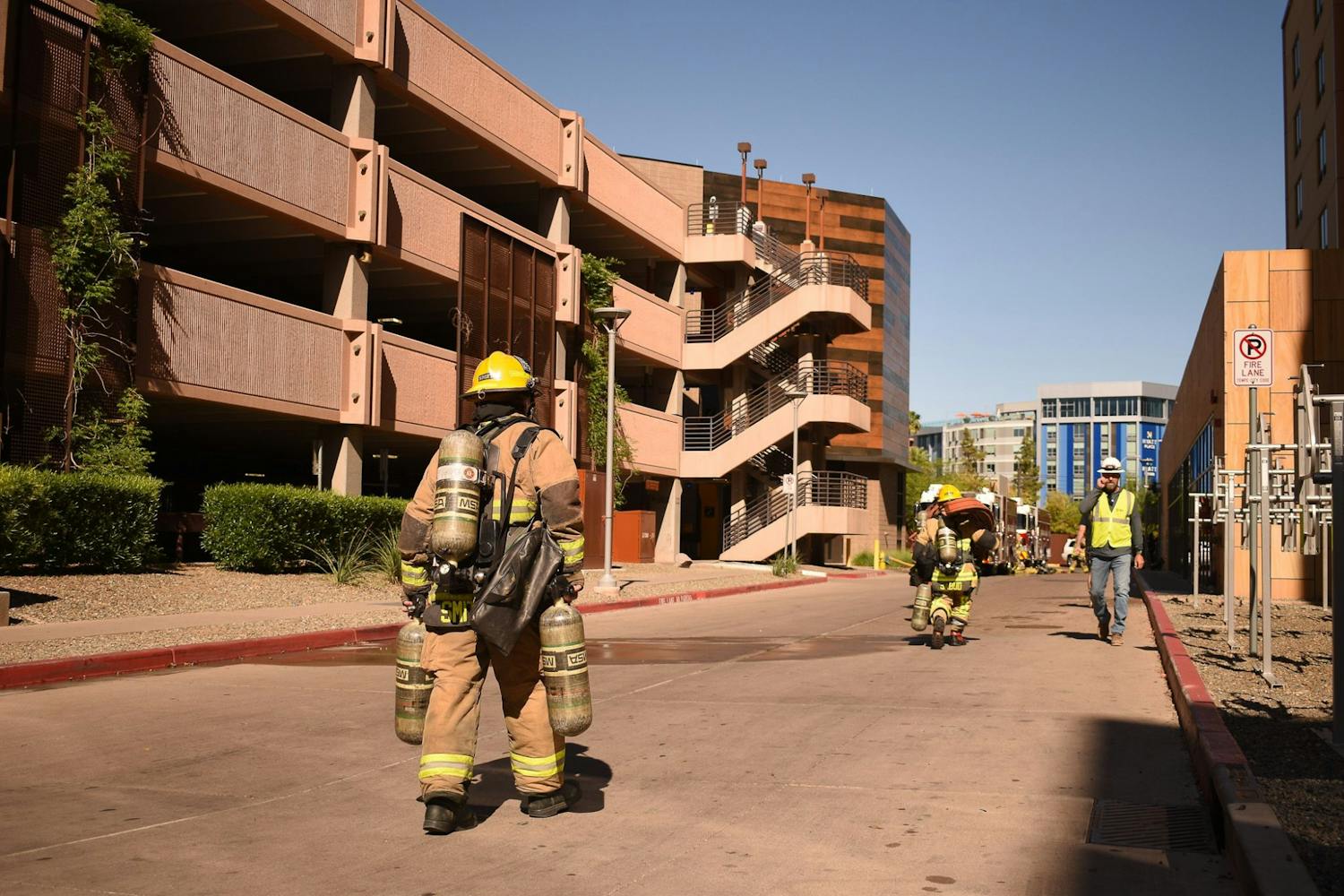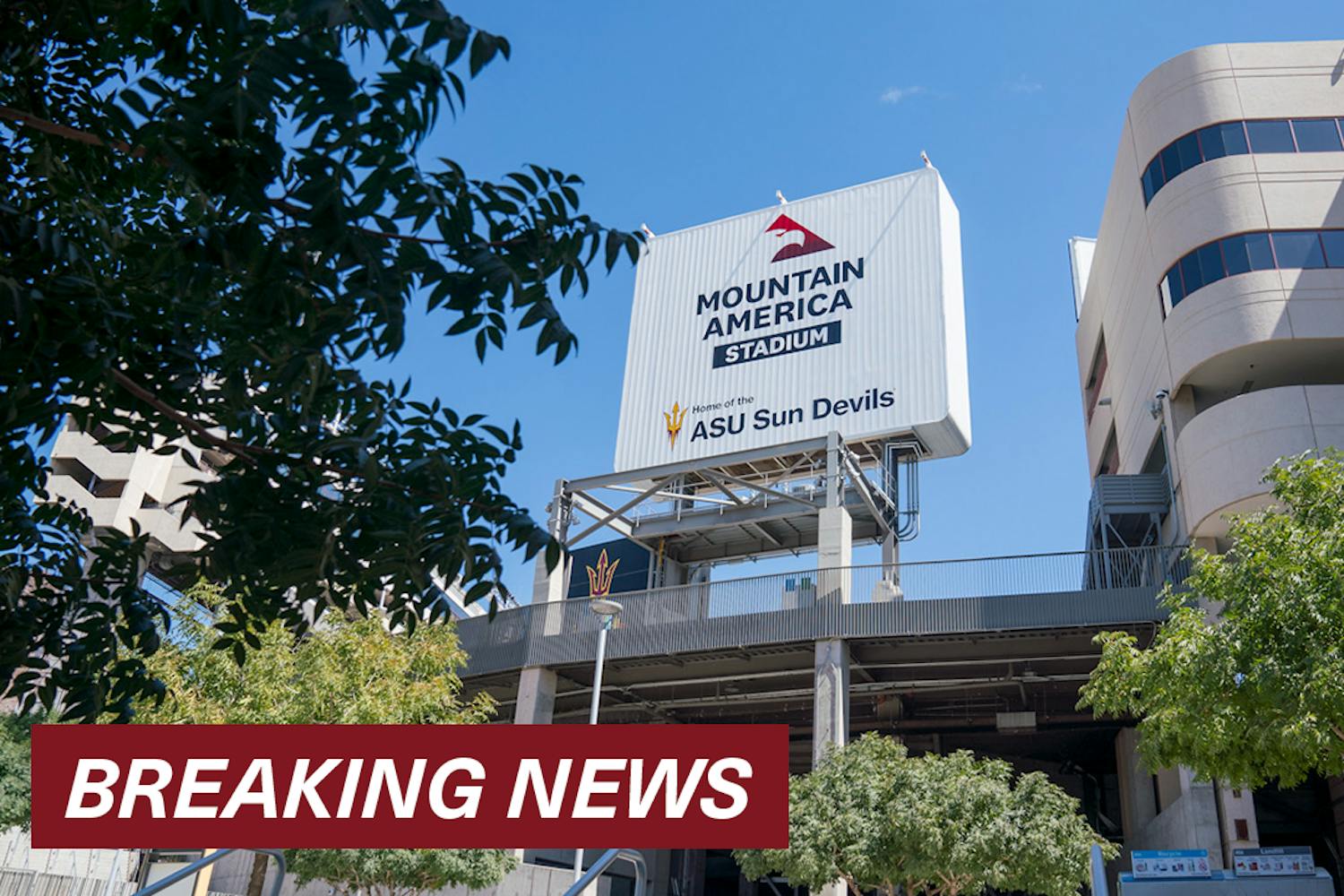ASU engineering students and faculty have been working together to develop technology advancements in cancer research.
While nanotechnology is a relatively new and evolving field, advocates argue legitimate breakthroughs in preventing terminal diseases will be secured in the near future, said Stephen Goodnick, director of the Arizona Institute for Nano-Electronics.
“Applications of nanotechnology are already producing strides in the fields of energy, electronics and medicine,” Goodnick said.
Perhaps the most ambitious endeavor being pursued by those involved is a potential breakthrough in the battle against cancer.
“One project that we are perfecting is the use of tomographic imaging,” said Iniyan Soundappa Elango, an electrical engineering graduate student. “It can generate a 3-D image of cells which can allow us to more accurately predict the behavior of certain diseases.”
This process, otherwise known as cell rotation, is a relatively new procedure involving the observation of cancer cells. It will give scientists an unprecedented capability in observing the initial formation and organization of isolated cancer cells.
During cell rotation, qualitative and quantitative differences in the nuclear morphology of normal and abnormal cell lines are exposed.
Some of the abnormal cell symptoms that are made evident by cell tomography include convoluted cell surfaces and exceptionally large nuclei.
“The ultimate goal here is the early detection and prevention of major diseases including cardiovascular diseases and certain types of diabetes,” Elango said.
The utilization of tomographic imaging represents a small aspect of the ongoing struggle to understand cancer growth in healthy cells.
“Cancer is a very complicated process and it is certainly an ongoing process,” said Vivek Nandakumar, a graduate research associate at the Biodesign Institute. “What we have achieved with cell rotation is a novel way of identifying changes in cellular structure. It’s a step forward in the right direction.”
The ongoing advances in cancer research cannot be credited to any one group alone.
“Success in nanotechnology hinges on the cooperation of trained students from an entire spectrum of fields,” said thermal simulation graduate student Flavio Sabatti.
Reach the reporter at mjgordo1@asu.edu Click here to subscribe to the daily State Press newsletter.



